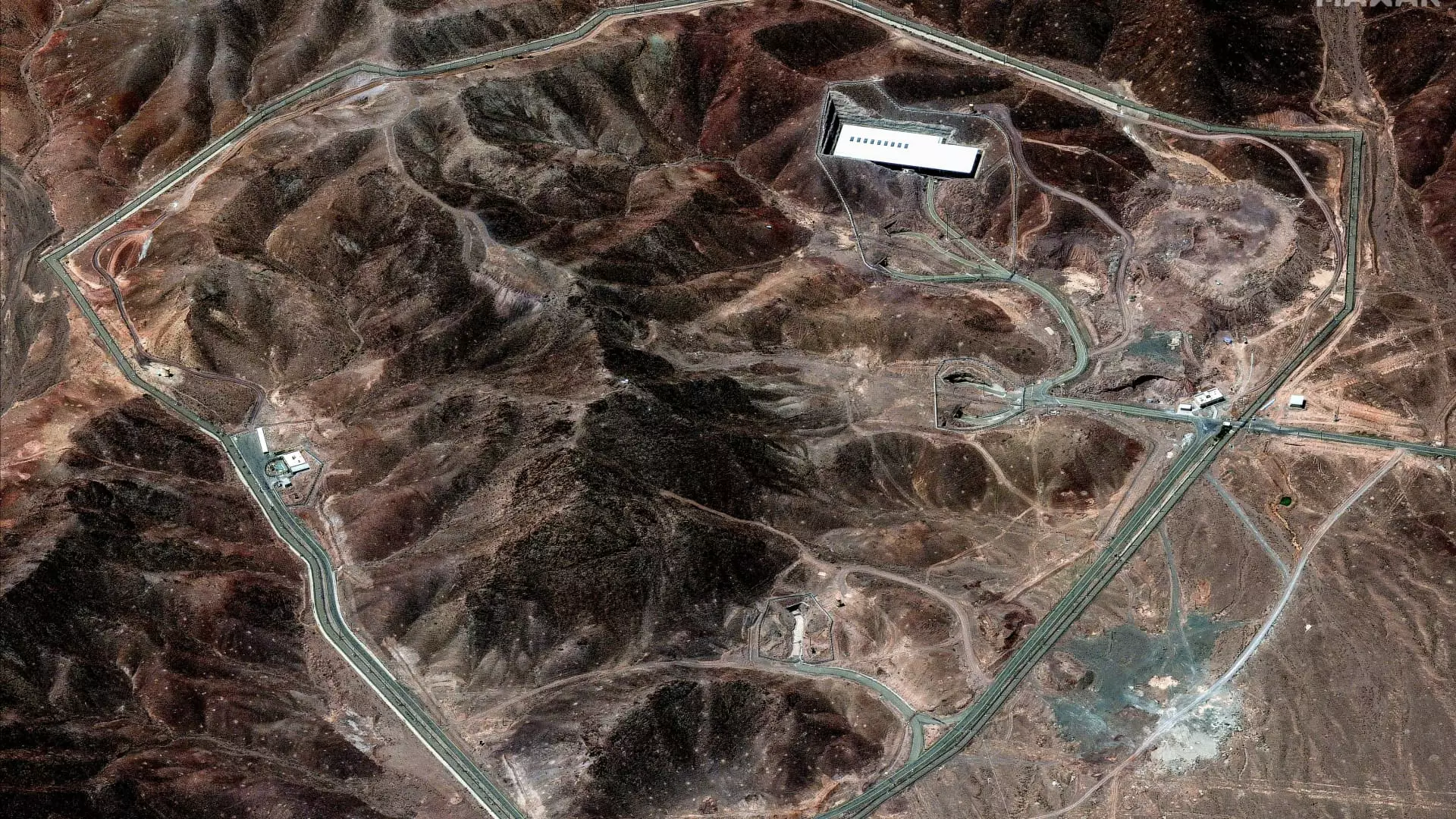In a spectacle that resonates tumultuously within the contours of international politics, President Donald Trump’s declaration regarding the U.S. strikes on Iran’s nuclear facilities affirms a different reality than that portrayed by Iranian officials. He took to Truth Social, asserting the series of bombings resulted in “obliteration,” a term that leaves no room for misinterpretation amid the fog of warfare. Trump’s insistence on such vivid language epitomizes not just a boast but reveals the aggressive stance of a nation that remains unwavering in its strategies to quell nuclear ambitions in the Middle East. This juxtaposition of perspectives reveals an inherent instability—one where declarations can veer rapidly into political hyperbole or stark reality.
Both General Dan Caine and Defense Secretary Pete Hegseth contributed their perspectives, confirming significant damage to critical sites in Fordo, Natanz, and Isfahan. Yet they refrained from embracing the bold terminology espoused by Trump. Such nuance illuminates an ambiguous battlefield where the ‘final battle damage assessment’ remains regrettably elusive. The reluctance of military leaders to declare absolute destruction echoes a fundamental truth: wars are rarely won through triumphant narratives alone.
The Shadows of Military Assessments
Amidst the chaos, “Battle Damage Assessment” (BDA) plays a pivotal yet often underappreciated role. This military term encompasses a sophisticated process, requiring detailed evaluations of damage post-operations. Intelligence analysts rely on a breadth of data sources, including reconnaissance missions and satellite imagery, to provide a clearer picture long after the smoke has cleared. Yet the ongoing assessments produce an unsettling realization: while the bombing may have physically dismantled significant components of Iran’s nuclear program, clarity regarding what remains operational or repairable lies firmly in ambiguity.
As it stands, Iran has already responded with claims that crucial components of its uranium supply have been relocated, further complicating the damage calculations. Such maneuvers accentuate an essential characteristic of modern warfare—adaptability. Nations involved in conflicts can become adept at navigating through chaos, learning to reestablish resilience even in moments defined by strategic blows.
The Dichotomy of Militaristic Diplomacy
The recent military action also reveals broader implications within the theater of international relations. Trump, often quoted more for his brash rhetoric than any cohesive diplomatic strategy, leads the charge in an era where might is often celebrated over meticulous negotiation. The military option, while potent, raises a plethora of concerns: How do these strikes recalibrate the delicate balance of power in the region? What ramifications await the United States on the global stage amidst a whirlwind of criticisms and condemnations?
Comparatively, the United Nations’ nuclear watchdog chief Rafael Grossi has navigated the delicate terrain of caution, admitting the limitations in assessing the damage inflicted thus far. The contrast is telling; where some assert definitive outcomes of destruction, others recognize the prolonged uncertainties tied tightly to conflict. Such inconsistencies paint a picture of a world grappling with the emergence of new forms of warfare that merge direct military might with the subtleties of international discourse.
The Broader Message of Power Dynamics
What resonates most clearly through the din of aircraft and bombs is a potential shift in the broader narrative. Precision in warfare, as heralded by the U.S. military, cannot eclipse the evolutionary narrative of power dynamics on the global stage. Trump’s response, while fundamentally rooted in American pride, also perpetuates an aggressive stance that could lead to unforeseen retaliation or an escalation of hostilities, entrenching cycles of conflict that seem to have no end.
In the sphere of global politics, hubris can often cloud judgment. As the dust settles, and military analysts sift through the remains, the pivotal question remains: Does obliteration suggest a closing chapter, or does it simply set the stage for a more dangerous escalation? The battle may not just be fought in the air but on a chessboard of international diplomacy, where every move is scrutinized under the pressing light of history.

